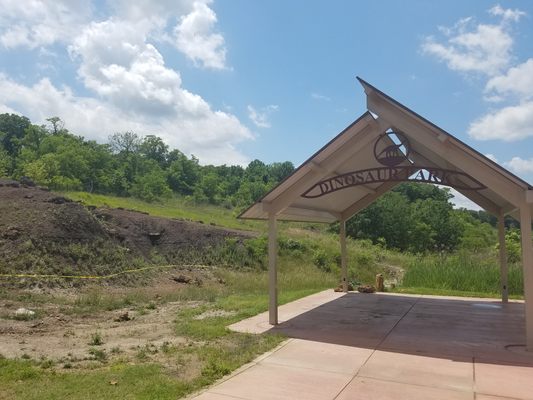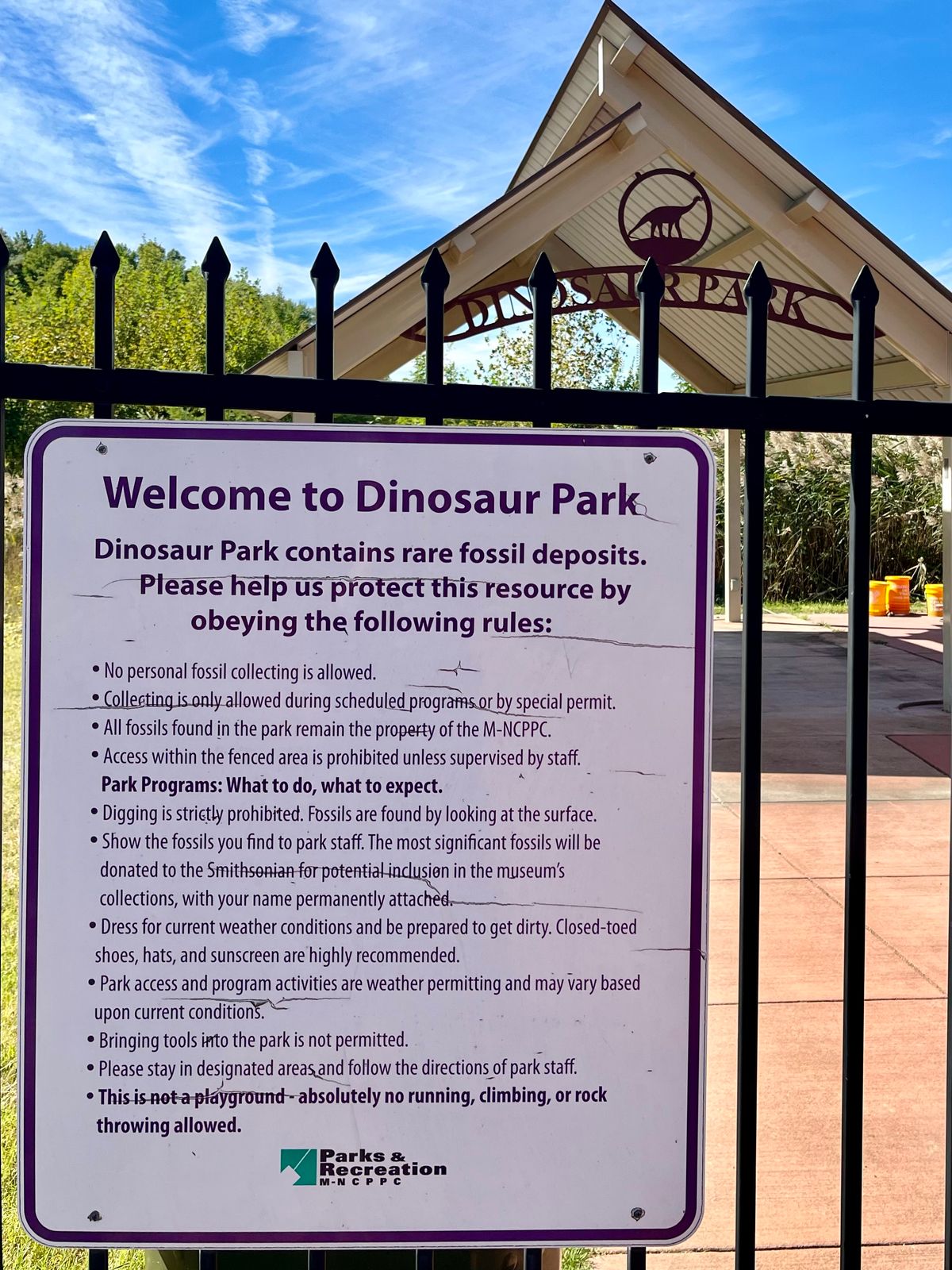About
During the 18th and 19th centuries, clay formations in Prince George's County, Maryland were mined for iron. In 1858, at one such iron mine, African-American slaves removed odd, unfamiliar objects from the ground. Geologist Philip Thomas Tyson collected the objects and brought them to the Maryland Academy of Sciences in 1859 where they were identified as the teeth of Astrodon johnstoni, later designated as Maryland's official state dinosaur.
During the Cretaceous period, between approximately 79 million and 145 million years ago, the climate of what is now the mid-Atlantic region of the United States was close to what the gulf coast of Louisiana is today. The region was dense with bayous, marshes, and meandering rivers and covered with rich vegetation.
The herbivore dinosaur Astrodon johnstoni, measuring up to 60 feet long and 30 feet tall and weighing up to 20 tons, thrived in these swampy conditions, living alongside turtles, crocodiles, sharks, early mammals, and, of course, other species of dinosaur. When one of these creatures died, they occasionally sunk down and were buried in the muck, slowly turning into fossils.
In the decades after the Astrodon discovery, hundreds of fossils surfaced as the area was excavated by an iron mining operation. The spot was found to be especially dense with fossils of dinosaur eggs and baby dinosaurs, which has been particularly useful to scientists piecing together the life cycle and development of dinosaur species. Paleontologists Charles Gilmore and Arthur Bibbins combed over the site in the 1890s, collecting fossils to add to museums at the Smithsonian Institution. In the late 1800s, however, the iron industry in the region faded away and without their excavations fossil collecting slowed, but never entirely ceased.
In 1991, a local family found a 6-foot-long Astrodon femur on the site, the largest bone ever uncovered there. In 2009, 41 acres were set aside as Dinosaur Park, with 7.5 acres open to the public. Paleontologists allow natural erosion from wind and rain to slowly uncover deeper layers and then comb the surface of the site for any fossils. Twice per month, on every first and third Saturday, the public is allowed in to assist paleontologists in gathering fossils. Everything collected at the site is sent to the Smithsonian for identification and storage, and if an object you uncover is ever displayed, your name will be there next to it as its finder.
Related Tags
Know Before You Go
Public access to the fossil beds are on the first and third Saturdays of each month. Access is free and parking is ample in the lots of the nearby office buildings.
Community Contributors
Added By
Published
June 5, 2017
Sources
- http://www.baltimoresun.com/news/maryland/bs-md-dinosaur-bone-found-20110921-story.html
- https://en.wikipedia.org/wiki/Dinosaur_Park_(Prince_George%27s_County,_Maryland)
- http://msa.maryland.gov/msa/mdmanual/01glance/html/symbols/dino.html
- http://www.washingtonpost.com/wp-dyn/content/article/2009/10/26/AR2009102603281.html
- http://history.pgparks.com/sites_and_museums/Dinosaur_Park/About_the_Park.htm







































